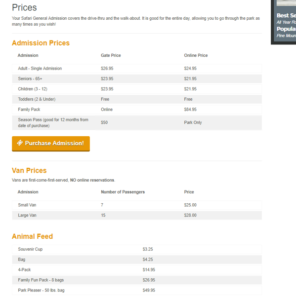Monarch Cement (MCEM): A Cement Company With 97 Straight Years of Dividends Trading at 1.2 Times Book Value
by GEOFF GANNON
This is my initial interest post for Monarch Cement (MCEM). I’m going to do things a little differently this time. My former Singular Diligence co-writer, Quan, emailed me asking my thoughts on Monarch as a stock for his personal portfolio. I emailed him an answer back. I think that answer will probably help you decide whether you’d want to buy this stock for your own portfolio better than a more formal write-up. So, I’ll start by just giving you the email I sent Quan on Monarch Cement and then I’ll transition into a more typical initial interest post.
EMAIL BEGINS
I think Monarch is a very, very, VERY safe company. Maybe one of the safest I’ve ever seen. If you’re just looking for better than bond type REAL returns (cement prices inflate long-term as well as anything), I think Monarch offers one of the surest like 30-year returns in a U.S. asset in real dollars.
Having said that, I don’t think it’s as cheap or as high return as you or I like as long as the CEO doesn’t sell it. And the CEO very clearly said: “Monarch is not for sale”.
I’m basing a lot of my comments in this email on historical financial data (provided by Monarch’s management) for all years from 1970-2018.
In a couple senses: the stock is cheap. It would cost more than Monarch’s enterprise value to build a replacement plant equal to the one in Humboldt, Kansas. And no one in the U.S. is building cement plants when they could buy cement plants instead. The private owner value in cement plants is even higher than the replacement value. An acquirer would pay more to buy an existing plant than he would to build a new plant with equal capacity. The most logical reason for why this is would be that an acquirer is an existing cement producer who wants to keep regional, national, global, etc. supply in cement low because his long-term returns depend on limiting long-term supply growth in the industry he is tied to – and, more importantly, anyone seeking to enter a LOCAL cement market needs to keep supply down because taking Monarch’s current sales level and cutting it into two (by building a new plant near Monarch’s plant) would leave both plants in bad shape (too much local supply for the exact same level of local demand). Fixed costs at a cement plant are too high to enter a local market like the ones Monarch serves by building a new plant. You’d only get an adequate return on equity if you bought an existing plant. Therefore, I believe that it’s usually the case that the price an acquirer would pay for a cement plant – and certainly Monarch’s plant given its location far inland in the U.S. – is greater than what it would cost to replace the existing plant. So: Acquisition Offer > Replacement Cost. And, in this case, Replacement Cost …
Read more



